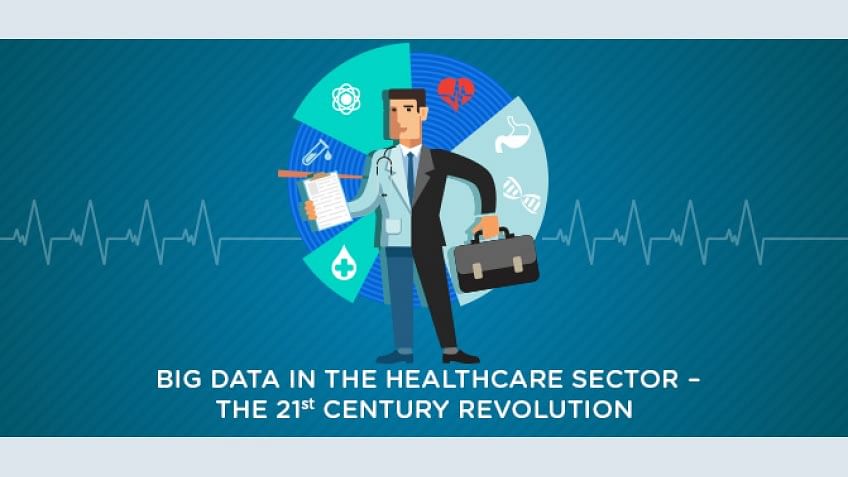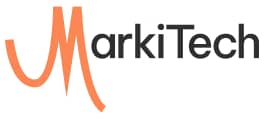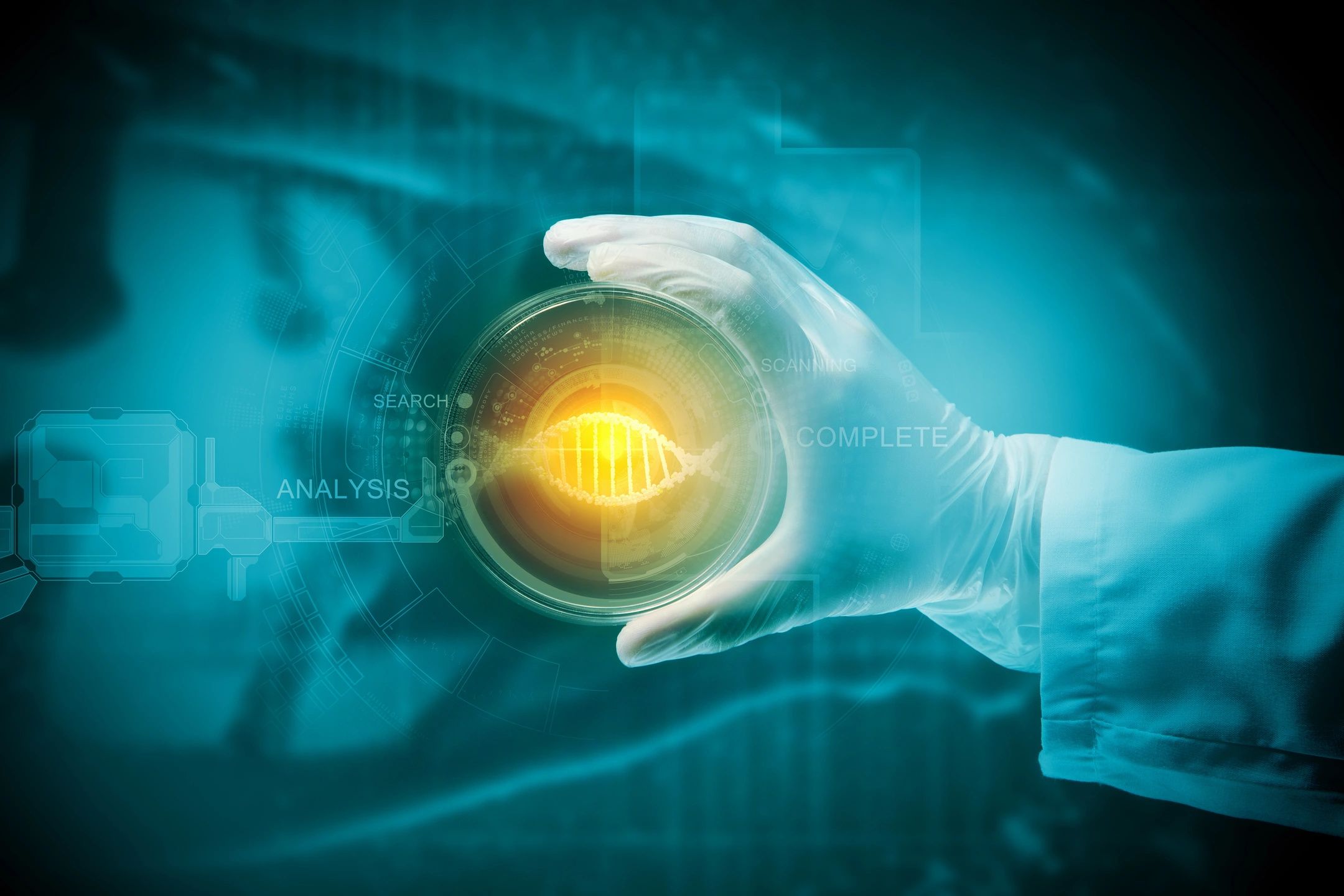A 40+ years Personal Journey, Plus 6 Tips to Help You and Your Loved Ones in the Fight Against Any Life Impacting Diseases like Cancer, Alzheimer’s and Autism – Nauman Jaffar

Source:https://www.simplilearn.com/ice9/free_resources_article_thumb/Big_Data_In_The_Healthcare_Sector.jpg
Any chronic and acute disease like Cancer, Autism or Alzheimer’s (let’s call them “CAA” for the sake of this article) is simply unlike any other illnesses in its ability to affect multiple humans. No matter people’s background, location and race, these CAA diseases remain mostly unresolved.
In fact, these diseases affect so many young and elderly lives 1 in 60 for kids under 10 years for Autism, 10 percent of elders above 65 are effected by Alzheimer’s, while cancer kills more than eight million worldwide and the second leading cause of death globally.
With most other diseases, there is usually a clear course of action, and chances of survival are high depending on certain conditions. For example, heart problems, if identified properly has several courses of actions.
However, with CAA diseases, everything is different. As an example, each Autistic child is different. Every cancer patient’s journey is as unique as the person who suffers from the disease. Similar is the case with Alzheimer’s and Dementia patients.
At the end of the day, it’s the responsibility of the patient, their family or caregivers, to find the best information available out there. This enables them to make the most well informed decisions regarding their treatment, a lesson our family learned the hard way as our loved ones developed these diseases at different stages in life.
My most beloved aunt died from ovarian cancer. She was diagnosed at stage four after several months of misdiagnosis of stomach flu. With standard care, this diagnosis does not leave patients with many options, but to follow protocols that are primarily aimed at improving quality of life and managing pain.
So we went through the “right” courses of action, but as previously said, cancer manifests differently in each patient. At the end of the day, there is no exact right course of action, there’s only trying to figure out and apply the best treatment to combat the disease based on past success stories.
In my aunt’s case, once all her prescribed treatment options proved ineffective, we decided to take managing her treatment into our hands as a last resort.
Our first step was to establish a small project team; enlisting my three cousins in the fight against their own mother’s cancer. We began collecting data, distributed tasks to one another, settings goals, and creating timelines. We started communicating constantly through WhatsApp, shared medical documents through cloud services, created schedules, and set up a daily call with each other. We worked as a team.
Eventually we decided to do a genetic test in a specialized lab. That’s how we found out about a rare cancer mutation that our aunt had, which had come back even after the surgery and initial chemotherapy.
After researching more about it, we were led to an experimental protein driven daily dose that could have possibly extended her life, far more than the half a year she had been given in her initial diagnosis. However, by the time we found this out, it was too late.
The daily dose is far less effective when used in the third line (surgery and chemotherapy) of treatment after some of the chemotherapy drugs our aunt had already taken, yet we didn’t know this.
Yes, the very thing that could’ve helped my aunt’s life were two things, firstly early detection, and secondly, something as simple as having the right information at the right time.
Had we known about the mutation and found the drug earlier, we could have given it to her earlier, and in doing so, we could’ve bought her additional time. To live with what could have been an improved quality of life. The drug was still somewhat effective in my aunt’s case, it extended her life an extra six months only.
In some ways, we beat the statistics, but we could have done much more if we had just had the information earlier.
A few months after my aunt passed, my mom was diagnosed with breast cancer. We all went into action. I met an old friend after 25 years and his father had just been diagnosed with a different type of cancer. This time it was a lung tumor that his 80-year-old father had, but with the same cancer mutation my aunt had.
I told my friend everything I knew about this mutation, about all the clinical trials out there, about the different experimental treatments that I knew of, and of course, I told him about the experimental drug.
With this information, my friend’s father, who’d been given 3 months, regained consciousness as a result of the treatment, and was able to go back to work. The right drug and treatment plan had given him another year and a half to live and spend precious time with loved ones.
When we need to drive somewhere and want to be sure we are going the best, fastest way, we use our navigation apps. When we’re at work and managing large projects, we use software tools, reminders, and task lists. After the situation with my aunt, my mon and also my friend’s father, began wondering why there is nothing out there that can help us manage the most important task we can come across in life?
Saving our own lives, or the lives of our loved ones!
That was the moment when an idea hit me that would change my life forever. My colleagues and I are all entrepreneurs. We’d founded several successful startup companies, and all dealt with Big Data. We knew that large quantities of information that with smart technologies that we developed, could be turned into valuable and useable insights for business.
While we had improved the performance of countless businesses over the years, I suddenly thought, why not take all our data analytics experience, and apply it towards improving people’s lives, rather than just bottom lines?
Fast forward to today, where my career is building a platform to help other cancer patients by taking all the lessons I learned in my family’s fight against cancer.
Here are my six key takeaways that I believe every cancer patient and their families should know:
1. Always doubt what you are being told. There are multiple answers out there for every question. Are you buying the first car you see? The first house you look at? Probably not. So why “buy” the first treatment option that is on the table. Always check for alternatives.
2.Understand the opportunity cost of your treatment. Find out if one treatment option will close off other alternatives. In our case, my aunt’s surgery and then chemotherapy blocked other treatment options we were not aware of.
3.Run genetic testing on your biopsy sample when diagnosed! You could be eligible for new experimental drugs from day one. Don’t wait until your condition worsens to take these tests, as it may be too late by that point.
4.Make sure the biopsy sample is big enough. It could be valuable later on in testing new therapeutic options.
5.MRI/CT errors are very common! Insist on getting a first and second opinion from online experts like YourDoctors.Online in every critical decision point.
6.Use basic project management tools and technologies. They can save you time. Time is the one resource you don’t have enough of when it comes to cancer.
Will all this help? Maybe. Maybe not, but the most proven way to increase your chances of survival, and be on the right side of the statistics, is to effectively and informatively manage your treatment journey.
No one else will do it for you, nor should they. This is your life, and quite possibly, only you can help save it.
Nauman Jaffar
Founder of MarkiTech, YourDoctors.Online, LocateMotion.com, and many more to come – All are Big Data, AI, IoT, HealthCare & App Development Digital Transformation Initiatives focused on helping solved health problems at global level using latest and emerging technologies
Read more about Nauman Jaffar’s profile on www.linkedin.com/naumanjaffar; and his passion for solving real life and more impacting problems.


